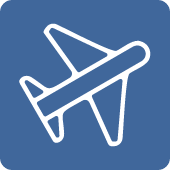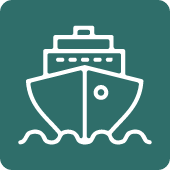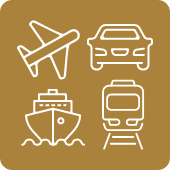
The transition towards an advanced multimodal transport system requires better coordinated and organised traffic flows to optimise the entire transport network.
This involves devices to detect real traffic conditions, traffic information sharing, optimisation processes and the distribution of control actions via end user devices.
Digital technologies and the emergence of the connected traveller can influence real time demand by encouraging off peak travel and use of alternative routes through intelligent applications and user information services.
Integrated urban traffic management and mobility information systems can therefore contribute to optimising transport flows both through cities and in rural regions.
The Strategic Transport Research and Innovation Agenda (STRIA) Roadmap for Network and traffic management systems aims to develop an advanced multimodal transport system by effectively optimising the entire transport network across new areas.
The roadmap focuses on ten action areas that will contribute to the optimisation of the European transport network that will help decarbonise the transport sector and meet European Union’s energy and climate targets. The ten priorities will be implemented in three key phases:

- Architecture and concept of operations for an efficient, resilient and adaptable multimodal NTM system
- Development of multi actor organisational and business models with shared responsibilities
- Research and validation of next generation multimodal NTM systems (including intra modal optimisation and development of interfaces)
- Integration of infrastructures, vehicles, systems and services into a truly multimodal network
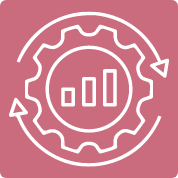
- Demand capacity balancing for efficient journey management (passenger and freight)
- Calibration of arbitration models for complex NTM scenarios and multi actor settings optimising multiple performance targets and user versus network needs
- Traffic optimisation of conventional (semi-)automated and unmanned vehicles within a multi modal NTM system
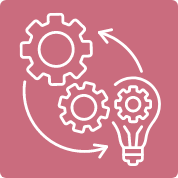
- Large scale demonstration of fully multi modal NTM capability in any operating environment (urban and non-urban)
- Resource and asset management optimisation for advanced NTM systems
- Research and validation of next generation multimodal NTM systems (including intra modal optimisation and development of interfaces)
- Piloting an efficient multimodal NTM system across European hubs/nodes (including the integration of non-EU traffic)
European technology platforms
Large-scale intelligent and interoperable traffic management and information systems are key to maximising the capacity of existing and future infrastructure and optimising traffic flows with different vehicles. The following platforms allow opportunities to improve transport systems:
SESAR The Single European Sky Air Traffic Management Research is the collaborative decision-making and system-wide information management proposed for air traffic management.
ERTMS The advanced signalling and Rail Traffic Management System.
SafeSeaNet The Safe and Secure Maritime Traffic Monitoring and Information System.
RIS The Real-Time River Traffic Information System.
C-ITS The Cooperative Intelligent Transport Systems.
Galileo The European Global NavigationSatellite System.
Data at-a-glance
TRIMIS Data at-a-glance presents the main transport research and innovation indicators based on TRIMIS data. Find out more about the geographical distribution of European Union transport research and innovation funding, discover the organisations involved in transport research activities and the evolution of funding. Discover the TRIMIS overview for overall data and the seven STRIA Roadmaps.
Further details are available in the full TRIMIS Dashboard.



